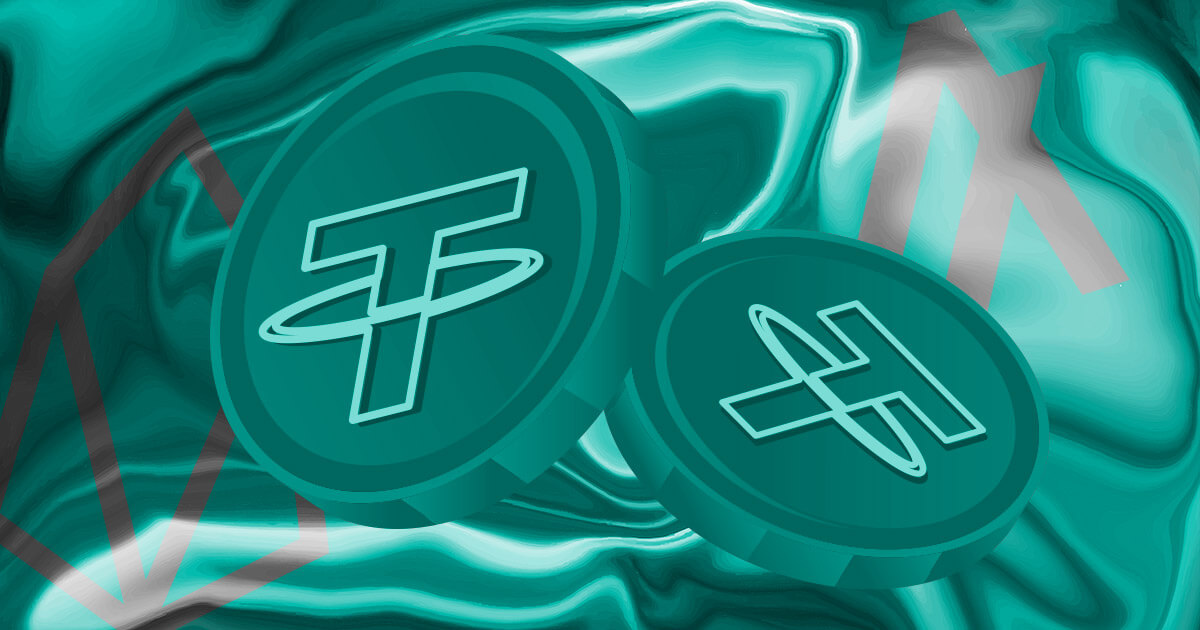
Tether, the issuer of USD₮ tokens, is shifting its focus to “improving community-driven blockchain support.” As part of this strategic transition, Tether will discontinue support for the EOS and Algorand deployments.
In line with its commitment to maintaining a robust and innovative blockchain ecosystem, Tether declared that it consistently evaluates current transportation layers to balance maintainability, use, and community interest. This strategic move highlights the importance of community interest in determining USD₮ stakes on specific blockchains.
Security architecture and usability are reportedly critical factors in Tether’s evaluation process for blockchain networks. By prioritizing these aspects, Tether aims to effectively allocate resources to strengthen security and efficiency while supporting innovation in the crypto landscape.
Effective immediately, Tether will no longer mint USD₮ on EOS and Algorand, while the redemption of USD₮ on these platforms will continue for the next twelve months. This period aims for a minimally disruptive transition.
According to data about the chainthere is only $17 million USDT distributed among 39,000 holders on Algorand with a reserve allocation of $18 trillion. On EOSthere are $85 million USDT tokens distributed among 32,000 holders. Compared to other chains, these values are extremely low for the token’s market cap of $112 billion.
According to Tether’s announcement, the company is encouraging the community to expand the use cases of USD₮ on supported protocols and chains. This approach aims to leverage community input to determine the future direction of Tether’s blockchain integrations, suggesting that smaller chains may look to bridge tokens from other chains rather than Tether directly adding low volumes to the battle goes. The strategic decision to end support for EOS and Algorand reflects a broader goal to focus resources on platforms that align with community interests and deliver sustainable benefits.
Tether assures its users that the transition will be managed carefully to minimize disruptions, reaffirming its mission to contribute to a sustainable and democratized financial system. The company’s emphasis on community-driven decisions and resource optimization illustrates its ongoing efforts to adapt to the changing needs of the blockchain ecosystem.

